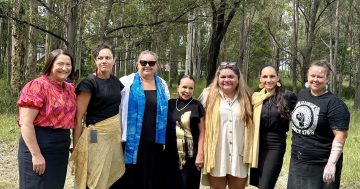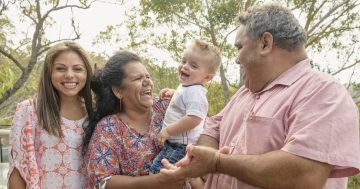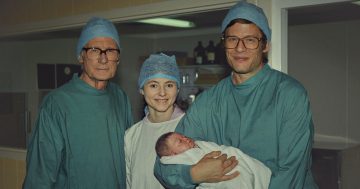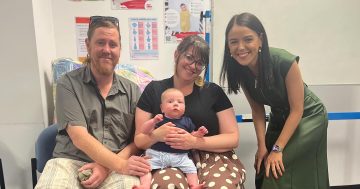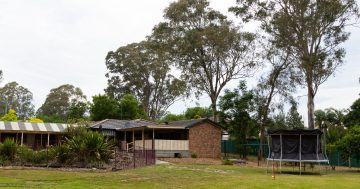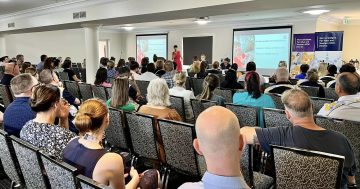 In a State first, the NSW Ombudsman has linked birth records with the records of children who have died to understand better the risk factors for early childhood mortality.
In a State first, the NSW Ombudsman has linked birth records with the records of children who have died to understand better the risk factors for early childhood mortality.
Releasing his report, the Ombudsman’s NSW Child Death Review Team (CDRT) said the new research called into question earlier work which consistently found mortality risks were higher for children from lower socioeconomic areas and Indigenous children.
The CDRT said earlier research had relied solely on the analysis of data for children who had died.
“For the first time, this new study has extended the scope and depth of analysis by linking relevant death records to all perinatal (birth) records for the full cohorts of babies born between 2005-2018,” the CDRT said.
“This allows more detailed analysis of the risk factors by directly comparing the characteristics of children who have died with the characteristics of all other children born in the same period,” it said.
“An unexpected result of the research was that area-level socioeconomic status indicators (based on the usual place of residence of the mother at the time of the birth) were not found to be consistently significant risk factors, when other maternal and baby characteristics in the perinatal records were accounted for.”
The CDRT said the finding required further investigation, “given that previous work has shown that socioeconomic status, even when measured as an area-level average, is expected to affect health and mortality outcomes, including overall life expectancy”.
It said the report found the most significant risk factor for infant mortality (death under age one) was preterm birth.
“Other consistent significant risk factors for infant deaths included being born with a birthweight that is small for gestational age or being born to a teenage mother (aged 19 or under),” the Team said.
“Significant risk factors for deaths of children between ages one to four included: having a low birthweight for gestational age; being an Indigenous baby; being a male baby; being born to a mother aged 20–25, and maternal smoking during pregnancy,” it said.
“It is apparent that some of these factors – such as being Indigenous or being born to a young mother – are not inherent risk factors in themselves, but indicate that there are deeper and unobserved factors that are elevating the risk of early childhood mortality for children in those groups.”
The CDRT said the study confirmed a pronounced narrowing of the gap in infant mortality between Indigenous and non-Indigenous babies across the 15-year period (2005–2019).
The report, Effects of perinatal conditions and local area socioeconomic status on early childhood mortality in New South Wales: linked data analysis, was prepared by the Australian Institute of Health and Welfare (AIHW) for the CDRT.
The 117-page Report can be accessed at this PS News link.



